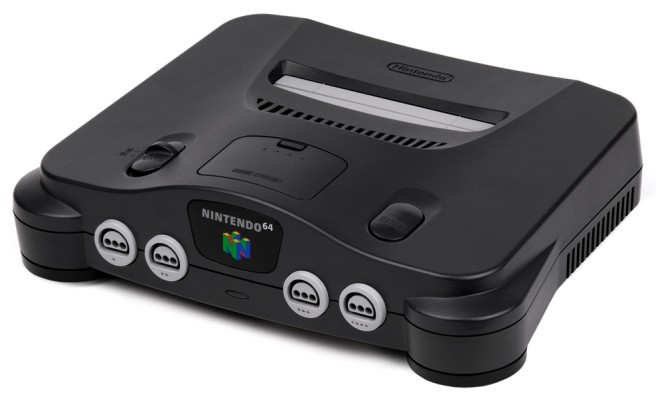GoldenEye 007 director found a weakness in the N64, could have caused another delay
Originally, Nintendo hoped to have the N64 out on the market by Christmas in 1995. The console ended up with a delay though, and wouldn’t be ready until several months later in the following year. Although Nintendo cited a need for more software to be completed, a former Silicon Graphics engineer contended that the extra wait stemmed from issues with the console’s chips.
Ex-Rare staffer and GoldenEye 007 director Martin Hollis was invited to Silicon Graphics before the N64 launched. He actually found a weakness within the hardware, which could have potentially caused another delay had it been addressed.
Hollis told Nintendo Life:
I got to travel to SGI in Mountain View to write test code that would run on some of the few ‘golden chips’ – this is the terminology for the first chips which come off the production line. From the initial run there were very few working chips, and SGI kept them in-house, so a few developers would fly out to use them for a week. I think I might have been the only ‘worker’ from Rare, although Chris Stamper travelled.
I wrote a piece of code which displayed spinning icosahedrons; as many as possible until the framerate dropped below 60Hz. The head of the project at SGI was not too pleased to discover what the performance of the machine was in terms of triangles per second. He asked to see my code in the hope it was inefficient. It wasn’t. He later told me that SGI very nearly did another spin of the hardware to fix the issue, which was with the memory interface.
I don’t know exact figures but a second spin of the hardware (equivalent to a second edition of a book) is sometimes said to cost a million dollars, and there is the additional cost of a delay in reaching the market which might be enormously larger.
Speaking about the N64 hardware in general, Hollis did only have positive things to say:
Today I can’t tell you if the Nintendo 64 could have been faster. From my perspective it was an extremely fast machine and without the many visual artefacts that made the Ridge Racer coin-op or PlayStation a little distracting.
